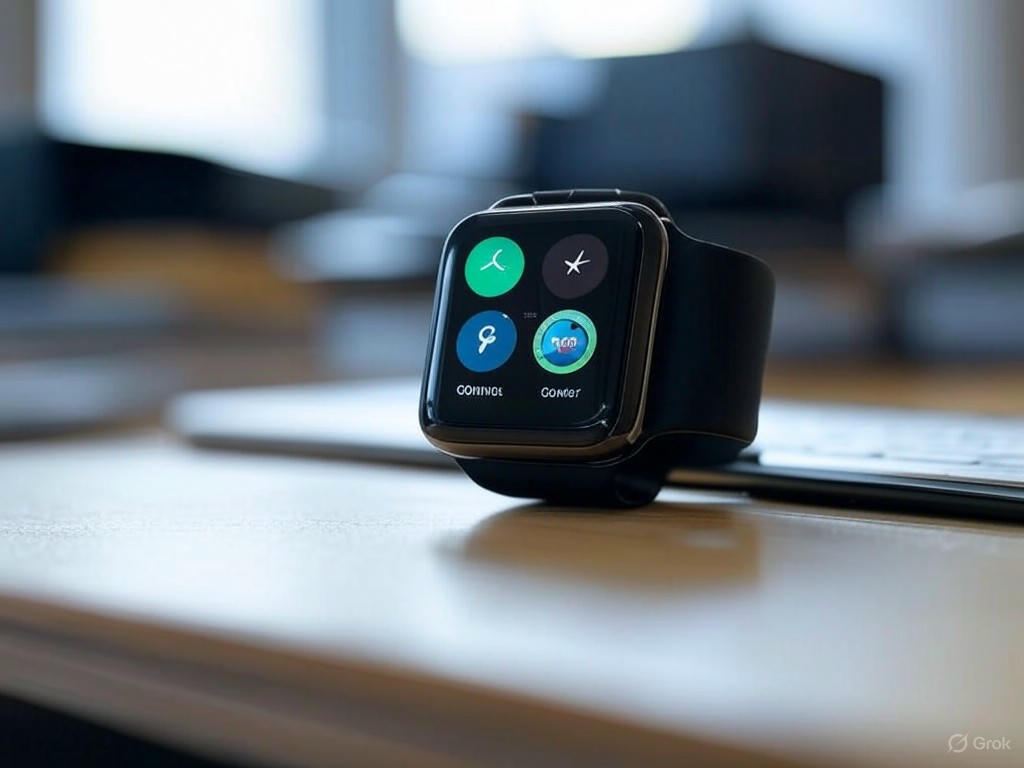The Apple Watch is gearing up for a groundbreaking update that promises to redefine user interaction. According to recent leaks, the upcoming watchOS 26 will introduce support for third-party widgets in the Control Center, marking a significant shift from Apple’s traditionally closed ecosystem. This move is poised to bring unprecedented customization and functionality to the wrists of millions of users worldwide.
For years, the Control Center on the Apple Watch has been a hub of convenience, offering quick access to essential features like Wi-Fi, Bluetooth, and flashlight controls. However, these options have been limited to Apple’s native toggles and tiles, leaving little room for personalization. With the anticipated update in watchOS 26, developers will reportedly be able to create custom widgets that integrate directly into this central hub. Imagine glancing at your watch to toggle smart home devices, check fitness app stats, or even control music playlists from third-party apps—all without navigating through multiple menus.
This development is a bold step for Apple, which has historically maintained tight control over its platforms. By opening the Control Center to external developers, the tech giant is signaling a willingness to embrace a more flexible approach, potentially attracting a wider range of app creators and users. Industry experts suggest this could spark a wave of innovation, as developers experiment with unique tools and shortcuts tailored to the Apple Watch’s compact interface. From productivity apps to niche utilities, the possibilities are endless, and users stand to benefit from a more tailored wearable experience.
However, this change also raises questions about security and performance. With third-party widgets gaining access to such a core feature, Apple will likely implement stringent guidelines to ensure that these additions don’t compromise the watch’s stability or user privacy. Balancing openness with the hallmark reliability of its ecosystem will be crucial for the success of this feature. Additionally, there’s curiosity about how Apple will manage the visual and functional integration of these widgets to maintain the sleek, intuitive design that Apple Watch users expect.
As the rumored release of watchOS 26 approaches, anticipation is building among tech enthusiasts and everyday users alike. This update could redefine how we interact with our smartwatches, turning the Control Center into a dynamic, personalized dashboard. While Apple has yet to officially confirm these plans, the prospect of a more open and customizable Apple Watch is an exciting glimpse into the future of wearable technology. If executed well, this feature might not only enhance user satisfaction but also set a new standard for smartwatch functionality across the industry. For now, all eyes are on Apple as we await further details about what could be one of the most transformative updates in Apple Watch history.
